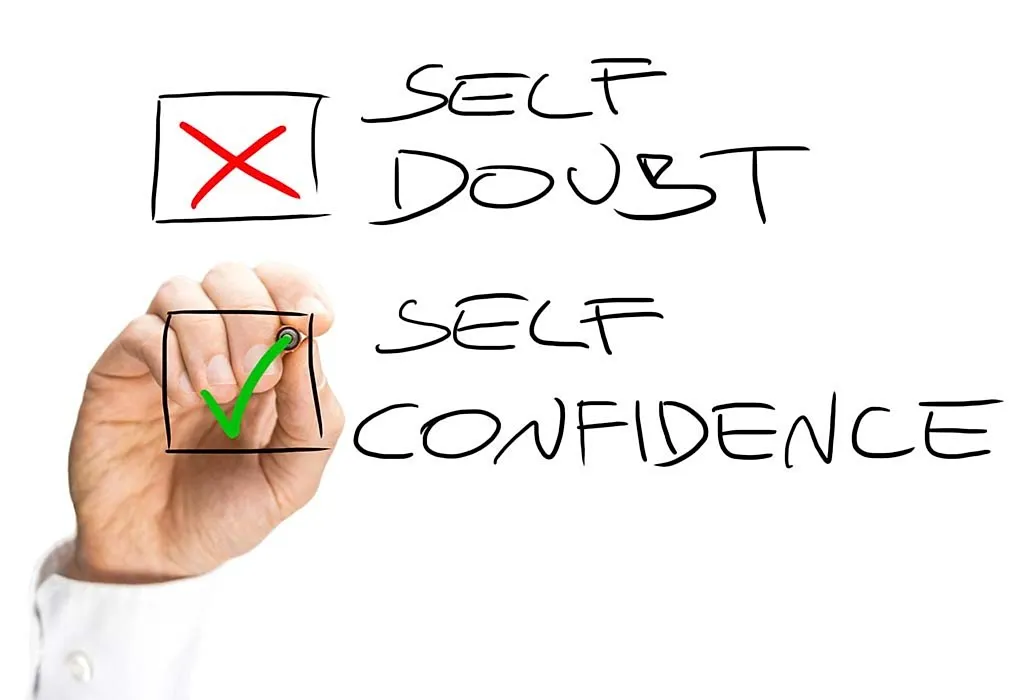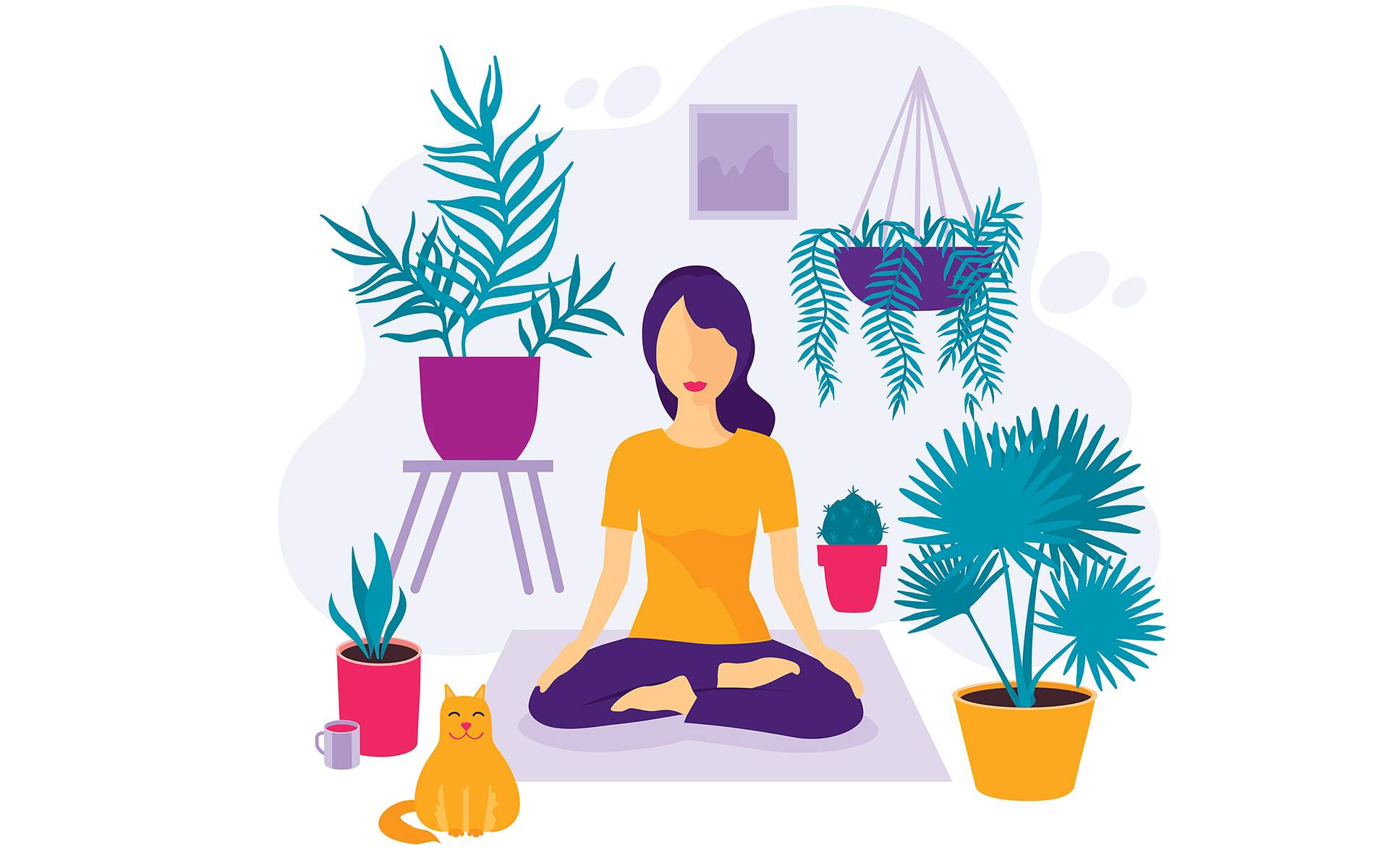We live in a digital age where our smartphones, computers, and social media have become inseparable parts of our daily lives. But here’s the thing—while technology has made life easier and more connected, it has also brought a wave of distractions, stress, and burnout. That’s where digital detoxing comes in. Simply put, a digital detox is the practice of consciously stepping away from your devices to regain control over your life. In this guide, we’ll explore why unplugging is essential, how to get started, and the benefits you can expect from embracing a tech-free lifestyle.
Understanding Digital Overload
Do you often find yourself mindlessly scrolling through social media, only to realize hours have passed? Or perhaps you feel constantly anxious, distracted, and overwhelmed by notifications and endless emails. These are all signs of digital overload. Our brains weren’t designed to handle the continuous stream of information from smartphones, tablets, and laptops.
Signs You’re Suffering from Digital Overload
- Fatigue and lack of focus: Constant exposure to screens leads to mental burnout.
- Increased stress and anxiety: The blue light emitted by devices can mess with your sleep patterns and amplify stress levels.
- Reduced productivity: Multitasking and digital distractions hinder your ability to concentrate.
Impact of Excessive Screen Time on Mental Health
Studies show that excessive screen time is linked to issues such as anxiety, depression, and sleep disorders. Over-reliance on technology can lead to chronic stress, disrupting your overall mental well-being.
The Role of Technology in Stress and Anxiety
Constant notifications, news updates, and social media feeds create a state of constant alertness. This “always-on” mentality can contribute to feelings of anxiety and overwhelm.
Benefits of a Digital Detox
Taking a break from digital devices can work wonders for your mind, body, and overall quality of life.
Improved Mental Clarity and Focus
Without constant distractions, you’ll notice improved concentration and mental clarity. You’ll have more space to think and reflect.
Better Sleep Patterns
Overexposure to blue light from screens can interfere with your sleep. A digital detox can help restore more restful sleep.
Enhanced Relationships and Communication
Without constant notifications and interruptions, you’ll have more meaningful conversations and deeper connections with those around you.
Increased Productivity and Creativity
With fewer distractions, you’ll find it easier to focus and get things done, sparking greater creativity and innovation.
How to Identify Your Digital Triggers
One of the first steps in detoxing is understanding what triggers your need to reach for your devices.
Recognizing When and Why You Reach for Your Phone or Devices
Think about moments when you feel the urge to check your phone. Is it out of boredom, habit, or anxiety? Identifying these triggers will help you set boundaries.
Tracking Your Screen Time Usage
Most smartphones and computers have built-in features that track how much time you’re spending on different apps. Use these tools to gain awareness of your usage patterns.
Setting Boundaries with Technology
Establishing boundaries, such as designated “no-screen” times, helps reduce the urge to constantly check your devices.
Preparing for a Digital Detox
Before diving into your digital detox, setting clear intentions and planning ahead can ensure long-term success.
Setting Clear Goals and Intentions
What do you want to achieve from your digital detox? Whether it’s better sleep, increased productivity, or stress reduction, defining your goals is key.
Creating a Detox Plan Tailored to Your Lifestyle
Think about your daily routines and habits. Create a detox plan that works with your schedule—whether that’s a few hours per day or a full weekend.
Decluttering Digital Devices and Organizing Apps
Declutter your devices by uninstalling unnecessary apps and turning off non-essential notifications. This decluttering process makes it easier to resist distractions.
Implementing the Detox: Step-by-Step Guide
Now, let’s break down how you can implement your digital detox in actionable steps.
Setting Device-Free Zones at Home
Designate specific areas of your home where screens are not allowed—like the bedroom or dining table.
Designating Specific Times for No Screens
Set aside “screen-free” periods during your day—whether it’s during meals, before bed, or while spending time with family.
Utilizing Productivity Tools to Reduce Distractions
Tools like website blockers and time-management apps can help you stay focused on tasks instead of being pulled into endless digital loops.
Strategies for Staying Off Devices During Detox
Breaking away from technology isn’t always easy. Here’s how to stay committed.
Establishing Routines and Rituals
Develop daily habits that don’t involve screens, like journaling, meditation, or reading a book.
Engaging in Offline Hobbies and Activities
Reconnect with offline activities like gardening, exercise, or spending time outdoors. These can be fulfilling alternatives to digital use.
Staying Accountable with a Support System
Having friends, family, or a community who support your detox journey can keep you motivated and on track.
Benefits of a Tech-Free Weekend
Taking a weekend away from screens can provide a refreshing break from the digital world.
How Regular Tech-Free Breaks Improve Well-being
A weekend without technology helps recharge your mental and physical energy.
Activities to Enjoy During a Weekend Without Devices
Consider hiking, reading, cooking, or simply spending quality time with loved ones.
Finding Balance Between Digital and Non-Digital Life
Tech-free weekends allow you to experience life without constant digital distractions.
Digital Detox Tips for Different Scenarios
Every lifestyle is different, so here’s how to apply a detox approach to common situations.
Detoxing While Working Remotely
Set boundaries for work hours and avoid using digital devices after work to maintain balance.
Managing Social Media Detox While Maintaining Work Responsibilities
Use social media scheduling tools to post updates in advance and avoid the need to check frequently.
Unplugging While Traveling
Designate offline travel days, where you explore destinations without constantly checking your phone.
Overcoming Common Challenges in Digital Detox
Detoxing isn’t without its hurdles, but with the right strategies, you can overcome them.
FOMO (Fear of Missing Out) and the Urge to Stay Connected
Remind yourself of the benefits of offline time and focus on personal growth instead of being tied to updates.
Handling Withdrawal Symptoms
Expect some discomfort as you break digital habits. Journaling and mindfulness exercises can help manage this.
Staying Consistent with Your Detox Goals
Create small, achievable steps and hold yourself accountable. It’s about building habits, not instant perfection.
Enhancing Productivity Post-Detox
Once the detox is complete, maintaining your new digital habits can boost your productivity.
Setting Realistic Expectations for a Tech-Free Routine
Recognize that balance, not elimination, is the key to long-term success.
Building Habits That Promote Long-Term Digital Balance
Stick to routines that promote mindful technology use rather than falling back into old patterns.
How to Integrate Technology Mindfully Post-Detox
Use productivity apps intentionally to enhance your life, not detract from it.
Mindfulness and Self-Reflection During a Detox
A digital detox is a chance for deeper introspection and mindfulness.
Journaling and Mindfulness Exercises to Reflect on Your Experience
Writing down your thoughts and feelings helps track your progress and growth.
Connecting with Nature and Simplifying Your Life
Spend time outdoors and embrace simplicity as a form of self-care.
Recognizing Long-Term Benefits of a Digital Detox
By continuing to reflect, you’ll gain insights that lead to sustainable tech habits.
Creating a Sustainable Digital Balance
Maintaining digital balance is about creating healthy boundaries.
Finding the Sweet Spot Between Tech Use and Time Off
Set realistic limits for screen time and find activities that bring joy offline.
Establishing Healthy Screen Time Limits
Use tools like apps or timers to monitor and regulate your screen usage.
Tips for Maintaining Digital Boundaries Post-Detox
Stick to boundaries that prevent technology from dominating your life.
The Role of Technology in Mental Well-being
Not all tech is bad—it can also support well-being when used mindfully.
How Technology Can Support Mindfulness and Well-being
Apps for meditation, journaling, and productivity can help maintain balance.
The Balance Between Productivity Apps and Leisure Activities
Leverage tech to complement your life, not control it.
Leveraging Technology for Personal Growth Post-Detox
Use tech to foster connection, creativity, and self-improvement.
Conclusion
Digital detoxing isn’t about cutting out technology entirely—it’s about reclaiming control over your time and energy. By taking small steps, setting boundaries, and embracing offline activities, you can create a healthier, more balanced relationship with technology. Remember, it’s not about perfection but consistency. Start today, and you’ll be on your way to a more mindful and fulfilling life.
FAQs
- What is the ideal duration for a digital detox?
A digital detox can range from a few hours to several days, depending on your goals and schedule. Start small and adjust as needed. - How can I avoid withdrawal symptoms during my detox?
Practice mindfulness, journaling, and engaging in offline activities to reduce feelings of restlessness. - Can digital detoxing improve my productivity at work?
Absolutely! Reducing distractions can lead to improved focus and better work performance. - How do I know if my digital detox is effective?
Look for improvements in sleep quality, increased focus, and better overall well-being. - Are there any tools or apps that can help manage a digital detox?
Yes, apps like productivity timers, screen blockers, and mindfulness apps can support your detox goals.




